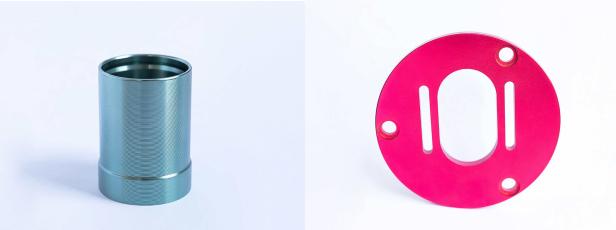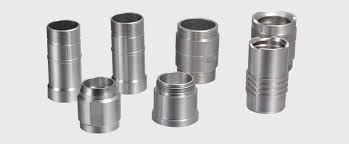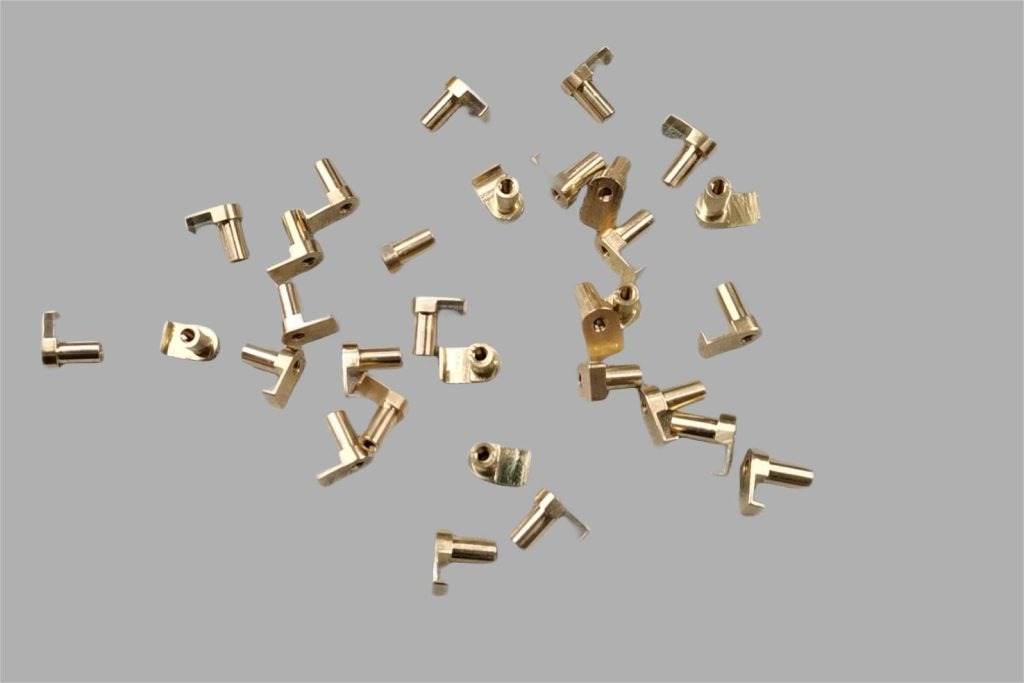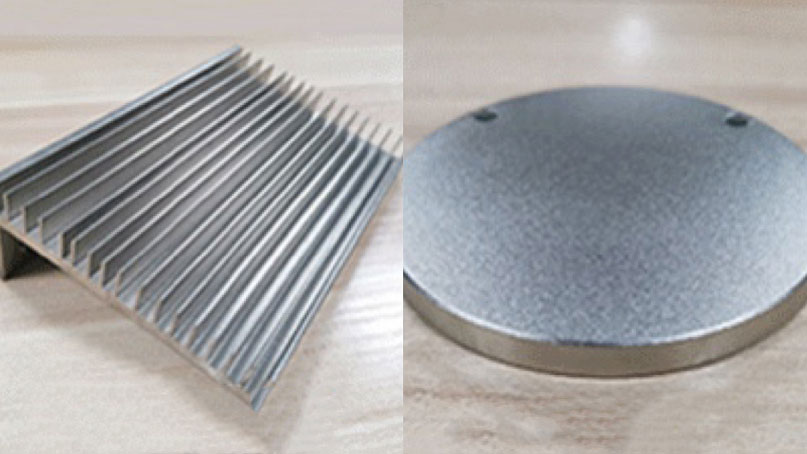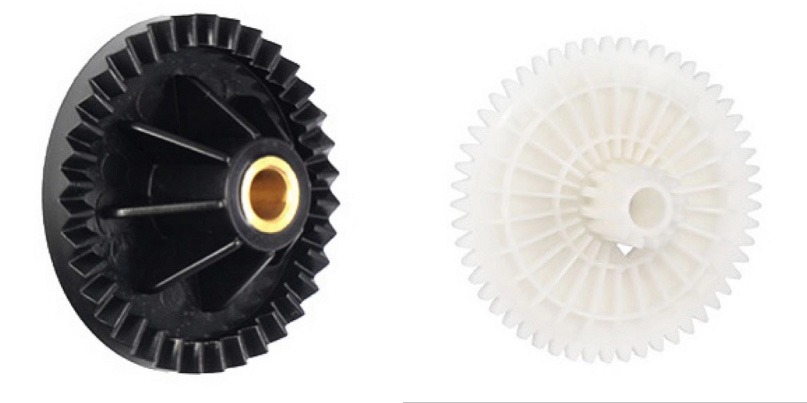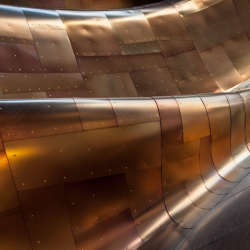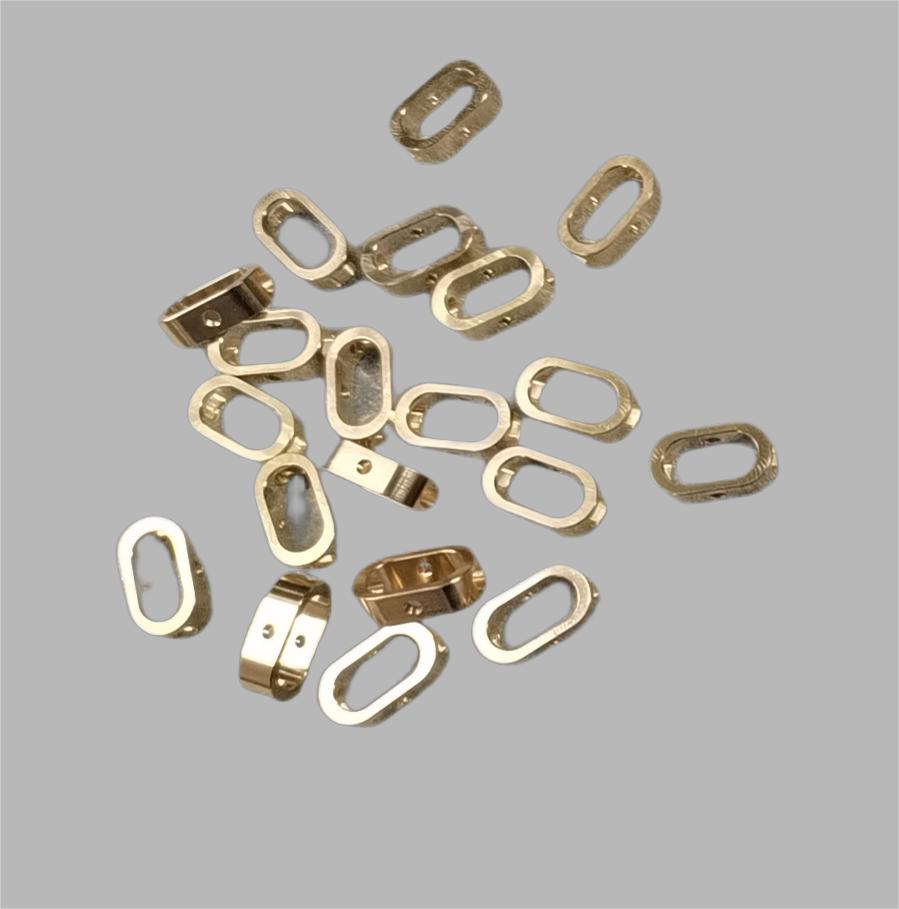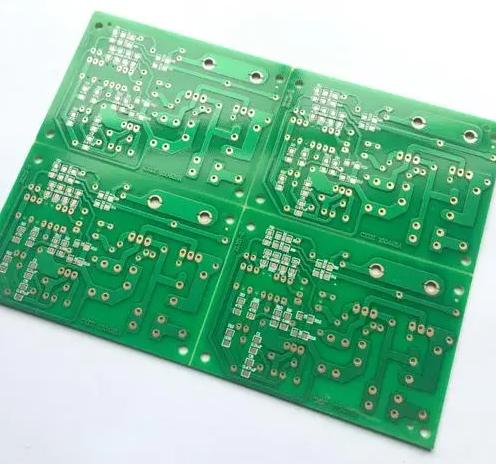Surface finishing is a critical aspect of product manufacturing, enhancing both aesthetics and functionality. Various methods are available, each offering unique advantages. Surface finishing expert JTR explores the benefits of different surface finishing processes, including powder coating, first-class anodizing, chroming, and galvanizing. We also provide guidance on how to select the most suitable method for your specific needs and highlight its diverse applications across various industries.
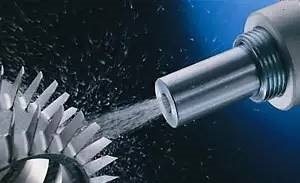
What Are the Advantages of Different Surface Finishing Methods?
Powder Coating Advantages
- Environmental Friendliness: Powder coating is a solvent-free process, significantly reducing volatile organic compound (VOC) emissions and minimizing environmental impact.
- High Efficiency: Electrostatic application enables automated production, resulting in a uniform and adherent coating.
- Durability: Powder coatings offer excellent abrasion and corrosion resistance, making them ideal for outdoor applications and harsh environments.
- Cost-Effective: High material utilization and the ability to recycle overspray contribute to lower overall costs.
- Versatility: A wide range of colors, textures, and finishes can be achieved to meet diverse aesthetic requirements.
First Class Anodizing Advantages
- Corrosion and Wear Resistance: The anodic oxide layer forms an integral bond with the aluminum substrate, providing long-lasting protection against corrosion and wear.
- Enhanced Hardness: Anodizing significantly increases the surface hardness, making it highly resistant to scratching.
- Aesthetic Appeal: Anodizing allows for a variety of colors and finishes, offering a decorative and durable surface.
- Environmental Durability: The process is well-suited for outdoor applications due to its excellent weather resistance.
Chromed Advantages
- Decorative Appeal: Chromium plating produces a bright, shiny finish that enhances the appearance of products.
- Corrosion Resistance: The chromium layer provides excellent protection against corrosion and rust.
- Hardness: Chromium plating results in a very hard surface, resistant to wear and abrasion.
- Lubricity: The smooth, lubricated surface of chrome plating is ideal for moving parts and reduces friction.
Galvanized Advantages
- Corrosion Protection: The sacrificial nature of zinc provides excellent protection to the underlying steel, especially in harsh environments.
- Cost-Effectiveness: Galvanizing is a cost-effective corrosion protection method compared to other options.
- Low Maintenance: The zinc coating has self-healing properties, reducing the need for frequent maintenance.
- Long-Term Durability: Hot-dip galvanizing produces a thick zinc coating, ensuring long-lasting protection in outdoor environments.
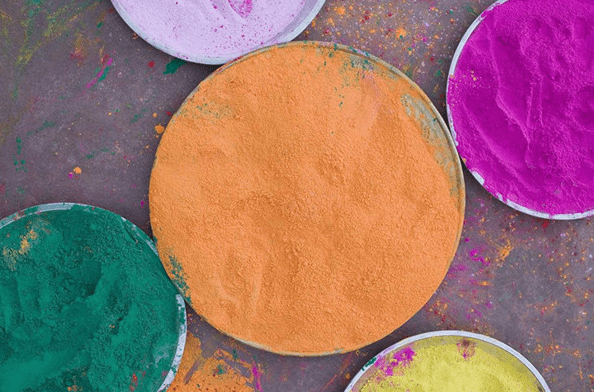
How to Choose the Right Surface Finishing Process
When selecting a surface finishing process (powder coating, first-class anodizing, chromed or galvanized), several factors should be considered:
| Factor | Powder Coating | First-Class Anodizing | Chroming | Galvanizing |
| Application Environment | Suitable for products requiring abrasion resistance, corrosion resistance, and aesthetic appeal. Offers a wide range of colors and finishes. | Ideal for outdoor applications, such as architectural cladding and aluminum furniture. Provides excellent weather resistance and corrosion protection. | Suitable for parts with high decorative and functional requirements, such as automotive components and tools. Offers good corrosion resistance and surface hardness. | Primarily used for steel structures, providing long-term corrosion protection for outdoor structures and infrastructure. |
| Cost and Durability | Relatively low cost and high durability, making it suitable for mass production. | Higher cost but offers long-term protection, suitable for high-end markets. | Higher cost but provides superior surface properties, suitable for demanding applications. | Initial cost is lower, but may require additional coatings for long-term corrosion protection. |
| Environmental Impact | A dry coating process that does not use solvents, resulting in minimal environmental impact. | An electrochemical process whose environmental impact depends on the chemicals used. | Traditional chroming processes may involve hazardous chemicals, but chromium-free alternatives are available. | The hot-dip galvanizing process involves the use of zinc and may have some environmental impact but provides effective corrosion protection. |
| Processing | Suitable for automated production with uniform and adherent coatings. | Requires specialized equipment and techniques but forms a hard protective layer on aluminum. | The electroplating process requires precise control to ensure uniform and high-quality coatings. | A mature industrial process suitable for large-scale production. |
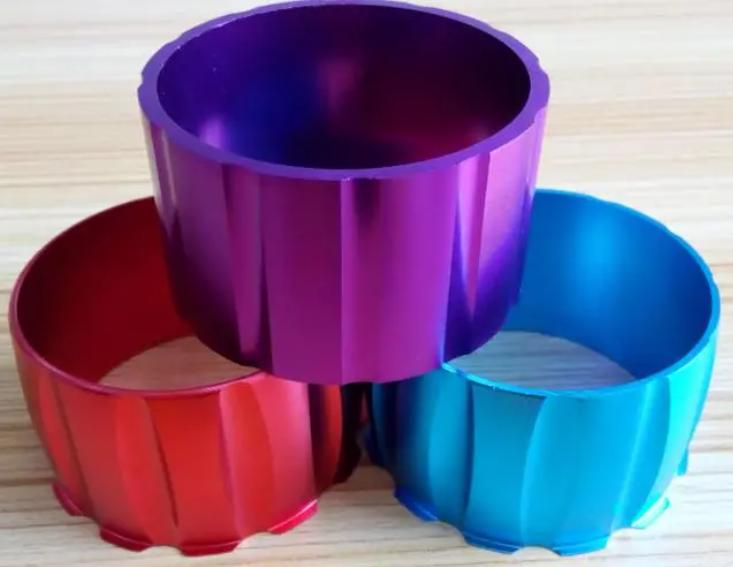
Specific Applications of Surface Finishing Processes
Powder Coating
- Outdoor furniture: Powder coating offers excellent weather resistance and UV protection, making it ideal for outdoor furniture such as chairs, tables, and patio sets.
- Fitness equipment: Its durability and resistance to sweat and chemicals make it a popular choice for gym equipment.
- Automotive parts: Powder coating is used on various automotive components, including wheels, bumpers, and interior trim, due to its durability and ability to match specific color codes.
- Architectural elements: Powder coating is applied to architectural components like railings, fences, and window frames to provide a durable and attractive finish.
- Appliances: Many household appliances, such as refrigerators, ovens, and washing machines, feature powder-coated finishes for their durability and resistance to cleaning agents.
First-Class Anodizing
- Architectural cladding: Anodized aluminum is widely used for building exteriors due to its durability, aesthetic appeal, and ability to withstand harsh weather conditions.
- Aluminum furniture: Anodized aluminum furniture is lightweight, durable, and resistant to corrosion, making it suitable for both indoor and outdoor use.
- Electronic enclosures: Anodized aluminum is used for electronic device enclosures to provide a protective and visually appealing finish.
- Aerospace components: Anodized aluminum is used in aerospace applications due to its lightweight, corrosion resistance, and ability to withstand extreme temperatures.
- Automotive components: Anodized aluminum is used for various automotive parts, such as engine components and trim.
Chroming
- Automotive parts: Chroming is used on various automotive components, such as bumpers, grilles, and wheels, to enhance their appearance and durability.
- Plumbing fixtures: Chrome-plated faucets and fixtures are common in bathrooms and kitchens due to their corrosion resistance and shiny finish.
- Hardware: Door handles, hinges, and other hardware items are often chrome-plated for a sleek and durable finish.
- Medical equipment: Chroming is used on medical instruments and equipment to provide a clean, hygienic, and corrosion-resistant surface.
Galvanizing
- Infrastructure: Galvanized steel is used for bridges, towers, and other infrastructure projects due to its long-term corrosion protection.
- Construction: Galvanized steel is used for roofing, siding, and structural components in buildings.
- Agricultural equipment: Galvanized steel is used for farm equipment, such as fences, gates, and storage tanks, to withstand harsh weather conditions.
- Marine applications: Galvanized steel is used in marine environments for boat hulls, docks, and other structures due to its excellent corrosion resistance.

Elevate Your Products with the Right Surface Finish
With the advantages and applications of different surface finishing methods, you can make informed decisions to enhance your products’ appearance, durability, and performance. Whether you prioritize aesthetics, corrosion resistance, or environmental impact, there is a surface finishing process that can meet your specific requirements. By carefully considering factors such as application, cost, desired properties, and consult with surface finishing expert JTR you can select the optimal method to elevate your products and achieve your business objectives.


